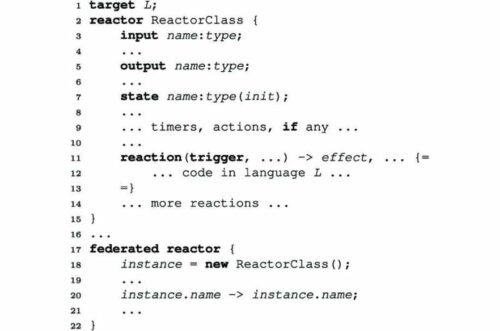Researchers have found a way to increase network responsiveness using an algebraic relationship between consistency, availability and network latency.

Imagine you want to withdraw some cash from an ATM. You expect it to show your account balance correctly and process your request quickly. However, network delays make it hard for the system to meet both of these simple expectations at the same time. If an ATM system tries to achieve high “consistency,” meaning that it displays the latest account balance by checking a remote database, it could make you wait or even prevent you from accessing your accounts during busy times.
Seeking to help system designers make those trade-offs, a group of researchers from the University of California, Berkeley and the Technical University of Dresden discovered a simple algebraic relationship between consistency, availability and network latency.
The researchers call this algebraic relationship the consistency-availability-apparent latency theorem; it quantifies consistency, availability and apparent latency as time intervals. The CAL theorem builds on Eric Brewer’s well-known consistency-availability-network partitioning theorem. The CAL theorem allows system designers to adjust their choices depending on the situation—a method that enables “rigorous design with clearly stated assumptions.”
Using the CAL theorem and Lingua Franca coordination language, a powerful tool that lets programmers specify how different nodes should interact with each other, system designers can model complex networks and use the results to customize distributed systems for reliability and efficiency.
The researchers demonstrated the effectiveness of their approach using a simple ATM network for tracking balances and processing transactions. They used the CAL theorem to model a network of ATMs and derive bounds on the network’s latency based on minimum consistency and availability requirements specified using the LF coordination language.
Keeping within these bounds, they were able to optimize the design of the network by making decisions about software placement and trade-offs between consistency and availability. In the real world, such optimization may be necessary for the achievement of business goals.
Reference : Edward A. Lee et al, Trading Off Consistency and Availability in Tiered Heterogeneous Distributed Systems, Intelligent Computing (2023). DOI: 10.34133/icomputing.0013






